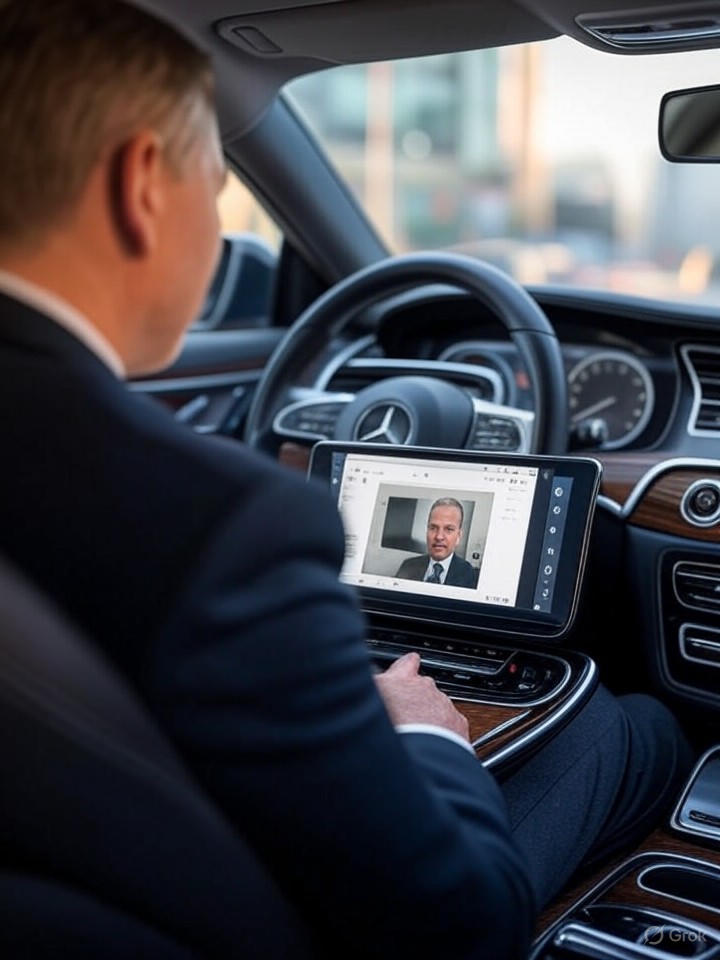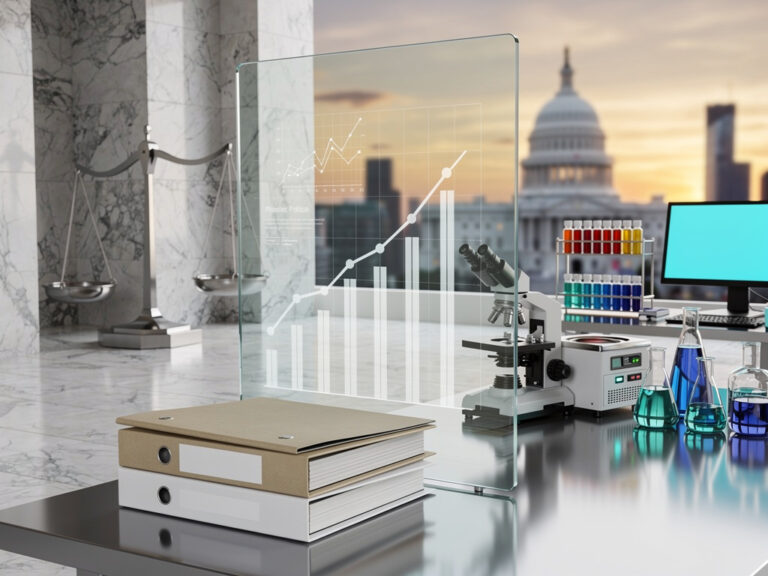In the ever-evolving intersection of automotive luxury and digital productivity, Mercedes-Benz is pushing boundaries with its latest integration of Microsoft Teams into select vehicles, a move that echoes yet challenges Tesla’s earlier foray into in-car video conferencing. Announced in mid-July 2025, this collaboration with Microsoft allows drivers in models like the upcoming CLA compact luxury sedan to join Teams meetings via the car’s onboard camera and infotainment system, even while in motion. Unlike static office setups, the feature restricts screen sharing for safety but enables video participation, turning commutes into potential work sessions.
This development builds on Mercedes’ ongoing partnership with Microsoft, which previously introduced tools like Intune for device management and Copilot for AI-assisted tasks. As detailed in a press release from Mercedes-Benz USA, the enhanced Teams app aims to “set a new standard for in-car productivity,” targeting business professionals who spend hours behind the wheel.
Comparing Tech Titans: Mercedes vs. Tesla in Virtual Meetings
Tesla, a pioneer in this space, integrated Zoom into its vehicles back in 2022, allowing parked cars to host video calls with features like virtual backgrounds and noise suppression. However, Tesla’s system requires the vehicle to be stationary for full functionality, a safety measure that contrasts with Mercedes’ more permissive approach. Recent posts on X highlight user excitement about Tesla’s Zoom capabilities during long charges, but also frustrations with connectivity issues in remote areas.
Mercedes’ innovation goes further by enabling on-the-move participation, leveraging the MB.OS software in the new CLA, set for an early 2026 release. According to Motoring Research, this allows drivers to use the onboard camera for Teams calls, potentially transforming gridlocked traffic into productive time—though it has sparked debates on road safety.
Safety Concerns and Regulatory Hurdles
Critics argue that video calls while driving could exacerbate distractions, a concern amplified by data from the National Highway Traffic Safety Administration showing rising incidents linked to in-car tech. Mercedes counters this by disabling certain features like screen viewing during motion, relying instead on audio and AI summaries via Microsoft 365 Copilot. Industry insiders note that this mirrors Tesla’s safeguards but introduces new risks in dynamic driving environments.
Public reaction has been mixed, with memes flooding platforms like X, where users joke about “honk if you’re on a Teams call.” A India Today article captured the online frenzy, including quips about the feature being “made for Bangalore traffic,” while others predict increased burnout from blurring work-life boundaries.
Market Implications for Luxury Automakers
For Mercedes, this positions the brand as a leader in executive mobility, potentially boosting sales among corporate clients. Analysts at Motor1, in their coverage, suggest it could pressure rivals like BMW, which has dabbled in Microsoft integrations but not to this extent. Tesla, meanwhile, continues to iterate on its Full Self-Driving suite, where Zoom might evolve with autonomous capabilities, reducing the need for driver attention.
The broader industry shift toward connected vehicles raises questions about data privacy and cybersecurity. Mercedes’ use of Microsoft’s ecosystem includes end-to-end encryption, but experts warn of vulnerabilities in automotive networks, as seen in past Tesla hacks.
The Future of Work on Wheels
Looking ahead, this Teams integration could pave the way for more immersive experiences, such as AR overlays in windshields for meeting notes. Posts on X from influencers like Marketing Maverick emphasize how it’s “redefining productivity on the go,” yet caution against over-reliance on tech that might erode personal downtime.
As Fortune explored in its July 30, 2025 analysis, the competition between Mercedes and Tesla underscores a race to make luxury sedans mobile offices, but success hinges on balancing innovation with safety. With regulatory scrutiny intensifying, the true test will be whether these features enhance efficiency without compromising the road.







 WebProNews is an iEntry Publication
WebProNews is an iEntry Publication